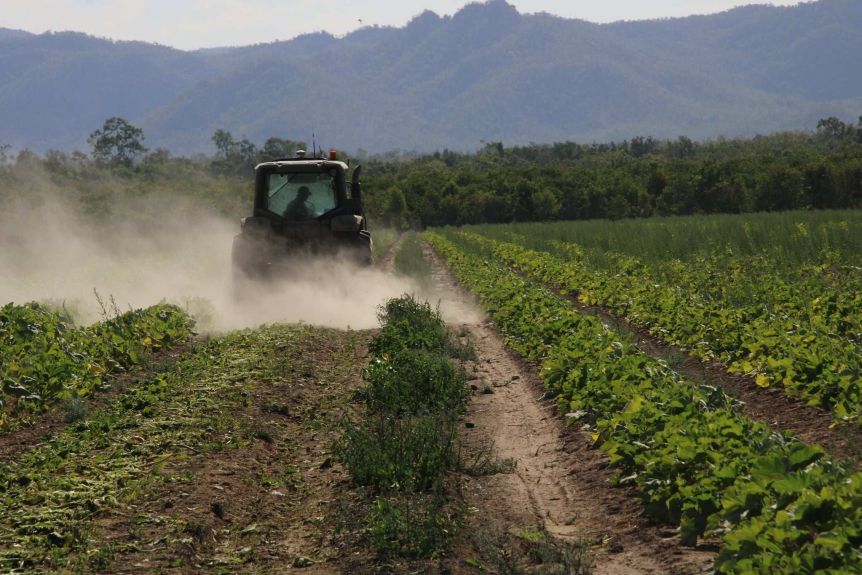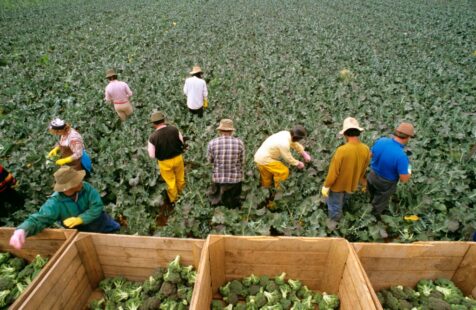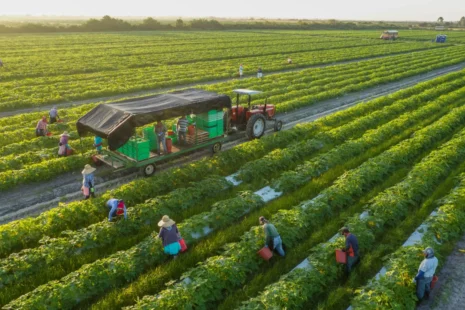
Australian Bureau of Agricultural and Resource Economics and Sciences (ABARES) says while the horticulture industry will suffer significantly from labour shortage, there are some opportunities from high domestic demand.
A senior industry economist at ABARES, Charley Xia, told this week’s Outlook 2021 conference that there are two key factors driving up prices; labour shortage affected by workforce challenges and retail demand. The pandemic forced many Australians to stay at home and the closure of borders. This resulted in reduced labour supply for the sector. While seasonal conditions improved in most growing regions, especially for those in New South Wales and Queensland, there were significant issues in harvesting that produce in order to meet that increased demand. This issue can completely be drawn back to labour shortage. With harvests now moved across to the southern growing regions, during summer and autumn, we are forecasting production losses.

Earlier in the week, ABARES reported that the labour shortage amongst overseas harvest workers, particularly from the Working Holiday Maker program, will result in a forecast drop in fruit production by as much as 17 per cent and vegetable production by around 2 per cent. This drop in production will ultimately impact consumers, with ABARES forecasting prices to increase between 7-29 per cent.
Those prices are expected to remain high in this financial year and into the next. We think that production losses will be most significant right now in late summer and early autumn. This has been informed by farm survey data, showing that the employment of casual and contract labour on horticulture farms. In 2018-19, numbers fluctuated around 80,000 workers per month from July to January before spiking to 120,000 in February. Overseas workers, mainly backpackers were the majority of those employed. Hence, the problem of labour shortage is transforming into a grave hurdle.
He added that with international borders unlikely to reopen in the short term, this is leading to labour shortage and to make up for the losses of these workers in regional areas. This means that the impacts of labour shortages on regions and produce will be felt differently, with the biggest disruptions taking place right now.

In January 2021, the Morrison government bestowed upon the farmers relief by providing them the temporary relaxation of student visas. Due to the pandemic and other unavoidable circumstances, various Australian industries were badly suffering from a shortage of labour. Amidst this, the agricultural industry was badly hit. Ernst &Young forecasted a labour gap of even […]
Read More →
According to a new study from the Institute of Physics, billions of working hours have been lost globally due to extreme heat. Exporters are concerned that as the world warms, the trend will intensify. Excessive heat and humidity cost the economy more than 675 billion labour hours per year. The study reveals that annual worker […]
Read More →
Following an Australian Government announcement today calling for public comment on the topic, Australia’s $2.6 billion organic business is celebrating a milestone in establishing a statutory standard for use of the term “organic.” Minister for Agriculture David Littleproud, a long-time supporter of improving and streamlining Australia’s organic regulatory framework, made the announcement, which will allow […]
Read More →